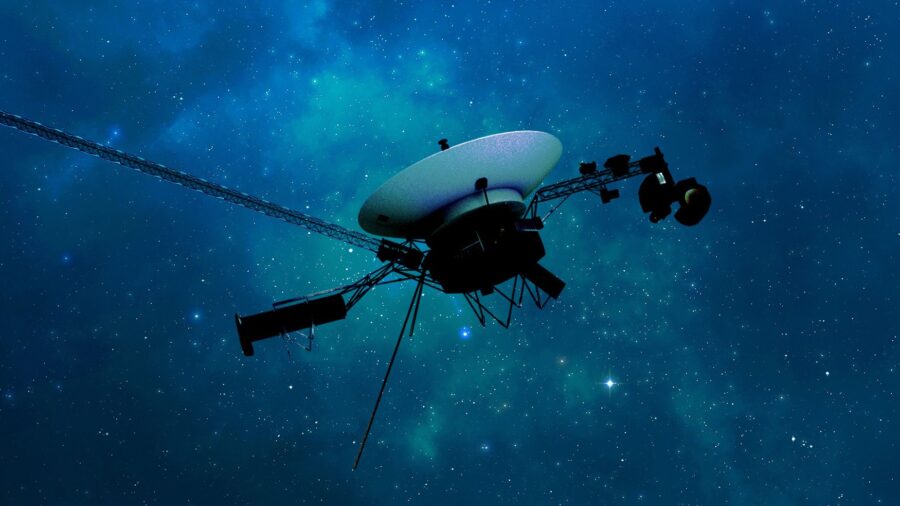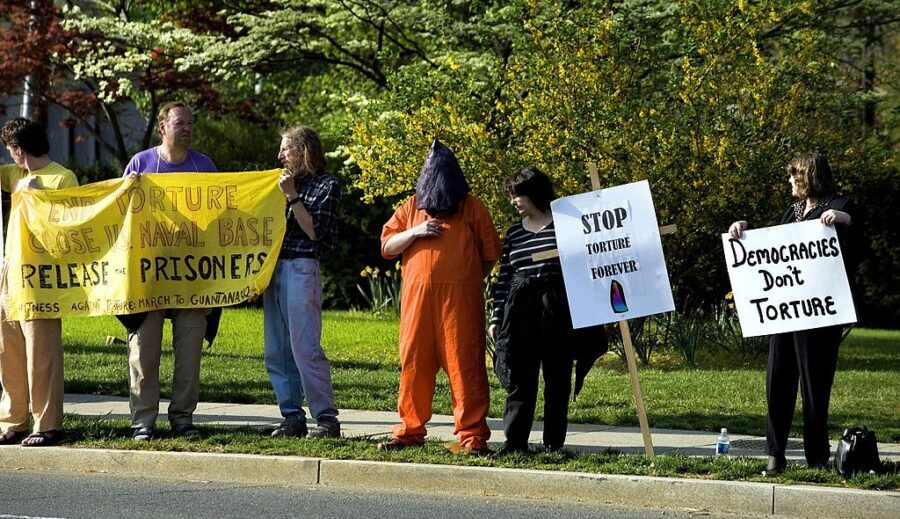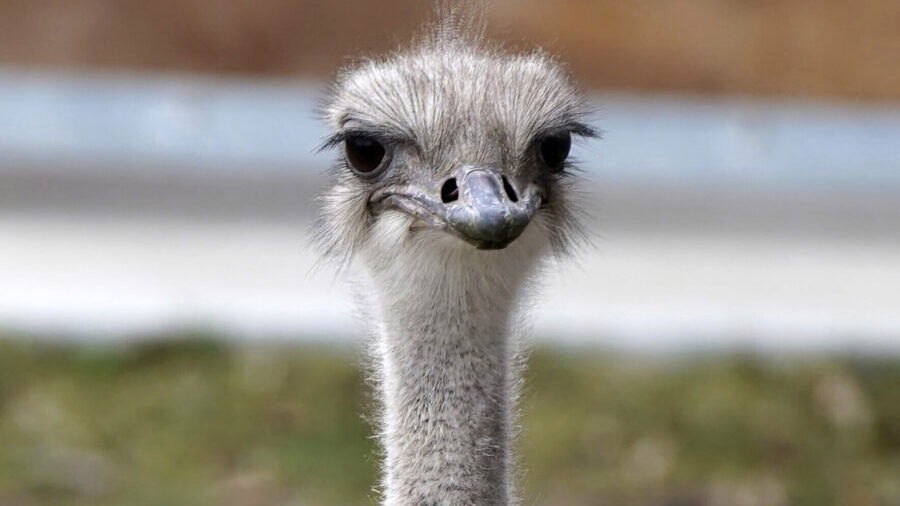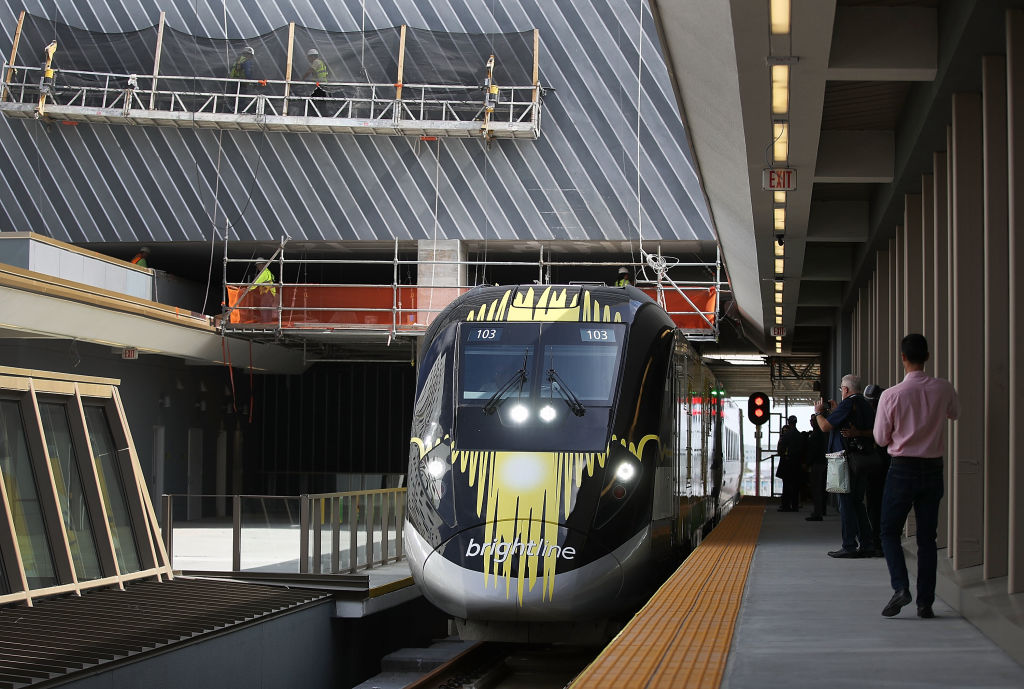The power to eliminate Coke products lies in his hands
Dec 13, 2021, 11:18 AM | Updated: Mar 7, 2024, 5:00 pm
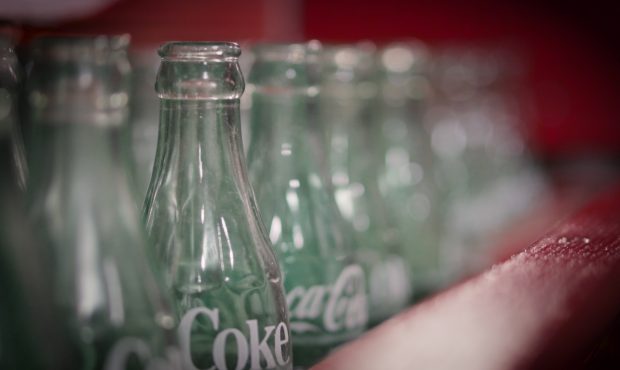
FILE: Bottles fill Anderson's Coca-Cola wagon.
(CNN) — Coca-Cola CEO James Quincey, a 25-year veteran of the company, has been hearing it from disgruntled niche beverage fans.
“I got a lot of emails about Tab,” Quincey told CNN Business.
The complaints follow a striking decision Quincey made last year to slash the company’s portfolio of products in half — killing beloved brands like the diet drink Tab, smoothie brand Odwalla and Zico coconut water in the process. Overall, about 200 brands were on the chopping block.
Quincey even heard about fans who held funerals for their dearly departed favorites. That had to be a “first in my career,” he added.
Nobody knows better than Coca-Cola that messing with fan favorites has consequences. When the company tried to change Coke’s formula in 1985, customers were so distraught that the company quickly reversed course. The famed New Coke debacle proved that loyal customers were not to be trifled with.
But there are also consequences to keeping old favorites alive. Underperforming brands, like the ones that have been eliminated, take away precious shelf space from more popular products. That means Quincey must calibrate constantly to ensure every product Coke makes — whether newer entrants like Coke Energy or staples such as Coca-Cola Zero Sugar — deserves to be there, and that every one brings as much value to the brand as possible. Otherwise, Coca-Cola will fall behind its competitors and growth will slow.
“In the end, it’s a Darwinian struggle for space in the supermarket or in the convenience store,” he said. “The retailer wants to make as many dollars” as it can for each spot on the shelf. If a brand, even a beloved one, “sells a fraction of what these other bottles will sell, eventually it will get pulled out.”
But it’s not always clear how a brand will perform. And it’s always hard to kill your darlings.
“Previous CEOs have tried to sunset [several of those brands] as well and make them go away,” Quincey said, noting that he himself had tried to kill some of them years ago.
But the company’s size and overall success can be a double-edged sword when it comes to making these types of changes, Quincey said. Leaders may think that all brands “must be a part of the overall success formula,” he explained, “even if I’m not sure what role this brand plays.” Couple that with pushback from the brand leaders, and it becomes hard to successfully finish one off. Then it can take years to phase it out.
But the crisis of the pandemic forced companies to act quickly and focus on their most popular products as supply chains faltered, giving Quincey an opening. “I saw my opportunity,” he said.
The moves are characteristic of Quincey as a leader, noted Duane Stanford, editor and publisher of Beverage Digest.
Since Quincey became CEO in 2017, “one of the things he’s done is reject sacred cows,” Stanford said. That doesn’t always mean he’s made the right call.
An early lesson in failure
Quincey knows firsthand what it’s like to see a passion project fail.
In the early 2000s, when Quincey was working in Argentina, “we had this brilliant idea for a new product,” he said. “It made total sense to us in the office. So we developed it, we put a lot of money behind it, and we launched it.”
The product in question was Nativa, the company’s take on the popular regional drink yerba mate. Mate is an herbal tea that’s traditionally served hot and shared at home or with friends. Nativa, on the other hand, was cold and bubbly and meant for one person to sip alone.
The Wall Street Journal reported in November 2003 that Coca-Cola debuted the product with quite a bit of fanfare.
“The press event to launch Nativa was a full-scale production, replete with faux thatched-roof decor, pyrotechnic effects and jungle-chic female staffers wearing filmy, off-the-shoulder green dresses,” the Journal wrote. “Attendees were treated to a vaguely tribal dance performance in which a bare-chested male dancer descended from the ceiling after a simulated tropical storm that had leaves and bits of foam blowing through the room.”
The company had spent 10 months and $1.4 million to develop the product, according to the Journal.
At first, it seemed the Nativa experiment was going well: “It went up very quickly, just like a rocket,” said Quincey. But then things took a turn, as the proverbial rocket “ran out of fuel and dropped straight back down again.” Nativa launched in 2003, the same year Quincey became president of the company’s South Latin division, and Nativa was reportedly discontinued the following year. The company’s records don’t show exactly when Nativa was eliminated, according to company spokesperson Scott Leith.
The experience helped shape Quincey’s no-nonsense approach to cutting products loose when they failed to resonate.
“Having been that close to inventing something, and seeing it fail so quickly … you learn the lesson that no matter how close you get to a brand, how much history you have with it, you have to be willing to make the rational decision for the benefit of the bigger portfolio,” he said.
“James is very pragmatic,” said Guggenheim analyst Laurent Grandet. “He is analytical.” Quincey, who earned his bachelor’s degree in electronic engineering, would agree. “I’m an engineer at heart,” he said. “And a rationalist.”
Shaking up the classic Coke brand
It’s one thing to kill off a regional product, and another to strike down a brand within the company’s trademark product, Coca-Cola — especially one that just arrived on the scene. But Quincey has done just that.
To stay relevant, Coca-Cola has to continually drum up excitement about its core product, especially as interest in full-sugar soft drinks wanes.
“The challenge for Coca-Cola in the modern times is always, how do you recruit new users?” said Stanford. “It’s urgently critical.” That means making big swings, and risking failure.
In recent years, Coke has rolled out changes to create excitement around the brand. In 2018, it gave Diet Coke a makeover, introducing taller, slimmer cans and new flavors. The following year it added a new flavor, Orange Vanilla, to the Coke portfolio.
These adjustments are designed to attract new customers and build buzz. But they might not be enough to solve the bigger problem Coke and its competitors face: Declining interest in cola overall. Bigger swings, like hybrid products, can potentially help reinvigorate the category by encouraging people who favor coffee or an energy drink for an afternoon pick-me-up to try a Coke instead.
Carbonated soft drinks were a $39 billion market in the United States in 2020, according to the research firm Mintel. But growth in the market is slow, and brands have to keep innovating to keep up with competition from other beverages, the firm warned in an April report.
“Competitive categories like [ready-to-drink beverages], sparkling water and energy drinks are still gaining new users.” Mintel noted that hybrid products, like coffee-flavored sodas or “high-energy” formulations are helping soda brands compete.
Coca-Cola has recently attempted to expand its brand by launching Coke Energy and Coke with Coffee. Coke with Coffee is still available for purchase globally and in the United States. In the US market, people are trying the brand and coming back for more, according to Coca-Cola’s Leith. But Coke Energy, which hit North American shelves in early 2020, was discontinued in the region this spring.
Coke Energy’s debut fell prey to, in part, an “inauspicious launch time,” just a few months before the pandemic hit the United States, Quincey noted.
Coca-Cola introduced Coke Energy to American consumers with a Super Bowl ad featuring Martin Scorsese and Jonah Hill. In the spot, Scorsese stands alone at a party, where costumed revelers dance with friends. “Are you close?” he texts. Cut to Hill, yawning on a couch, who has clearly forgotten about the event — but after a sip of Coke Energy, he’s good to go.
The US energy drink market grew 23% to $18.2 billion from 2016 to 2021, according to Euromonitor, making it an attractive sector for beverage brands. Coca-Cola has a piece of that market through its stake in Monster. But getting energy drinkers into the Coke fold would have been a way to take more share from competitors.
“We’re looking to expand [Coca-Cola’s] access to the energy category, and we think Coke can do that,” Quincey said during an analyst call in January 2020, around the time that Coke Energy hit US shelves.
But American consumers just weren’t interested in the product. And Coke had to focus production on its most popular items, rather than a newly launched beverage that wasn’t taking off.
Those weren’t the only issues. “Do I think we had perfectly understood the consumer and had exactly the right proposition? No,” Quincey said.
“In the case of Coke Energy, it was pretty clear that it wasn’t going to work in 2020,” he noted. “So we were better off pulling it rather than letting it die slowly.”
Just as it’s hard to anticipate what will resonate with consumers, it can also be difficult to know whether something might eventually become a hit, Beverage Digest’s Stanford pointed out. He mentioned LaCroix, a formerly sleepy, decades-old seltzer brand that has recently transformed into a juggernaut.
“If you cut a brand, you never really know: If you’d stuck with it … could you have a blockbuster?” he said. “So there’s always risk in making that call.”
But Quincey gets credit from industry experts for trying, even if he might fail. Launching Coke Energy is something that Quincey’s predecessors might not have done, said Stanford.
“He’s allowed experimentation with the brand,” he said, adding that “in years past, it would be difficult” to introduce a new Coke brand so quickly. The launch and the swift decision to kill it off “shows [Quincey’s] ability to make a decisive move like that in a way that bucks the trend at Coke,” Stanford said.
Another risky decision Coke made under Quincey this summer: tweaking the recipe and packaging of Coca-Cola Zero Sugar, a key member of the Coke family that has been growing at a healthy clip, but one that Quincey wanted to push further.
“Despite its enormous success, Coca-Cola Zero Sugar still represents a relatively small percentage of the trademark,” Quincey said during an April analyst call, ahead of the rollout of the new look and formula in the United States. To help jumpstart that growth, the company was changing the recipe to make it taste more like regular Coca-Cola, a move that was “influenced by consumer insight,” Quincey explained on the call.
It was the second time in four years that Coca-Cola had made a change to its zero sugar line, which launched in 2005. In 2017, the company changed the recipe and the product’s name from Coke Zero to Coca-Cola Zero Sugar. Both times, people complained about the changes on social media, with some decrying the new flavor and begging Coca-Cola to bring the old one back.
The double whammy of new recipe and new can style may have been too much for some fans, Quincey noted.
“Any one change can seem like a small risk, but when you pile them all on top of each other — that’s like a Jenga tower,” he said. “So there was some nervousness.”
But giving in to that apprehension is a mistake, he said.
People tend to worry “about what might go wrong. And they forget about what might go right,” Quincey said. “One of the things about driving risk-taking and innovation is not to let the fear of what you’re going to lose obscure the possibility of what you might gain.”
In the case of Zero, the bet has been paying off. During an October analyst call discussing third-quarter earnings, Quincey said that “Coca-Cola Zero Sugar’s new recipe has rolled out in more than 50 countries and has had accelerated growth in the last three months.” In the third quarter, Coke’s net sales rose 16% compared to a year earlier, jumping to $10 billion.
And Quincey knows that if something fails badly, like New Coke, it’s always possible to return to the drawing board.
“What was the solution? To go back,” he said. “You could always go backwards.”
The-CNN-Wire
™ & © 2021 Cable News Network, Inc., a WarnerMedia Company. All rights reserved.


